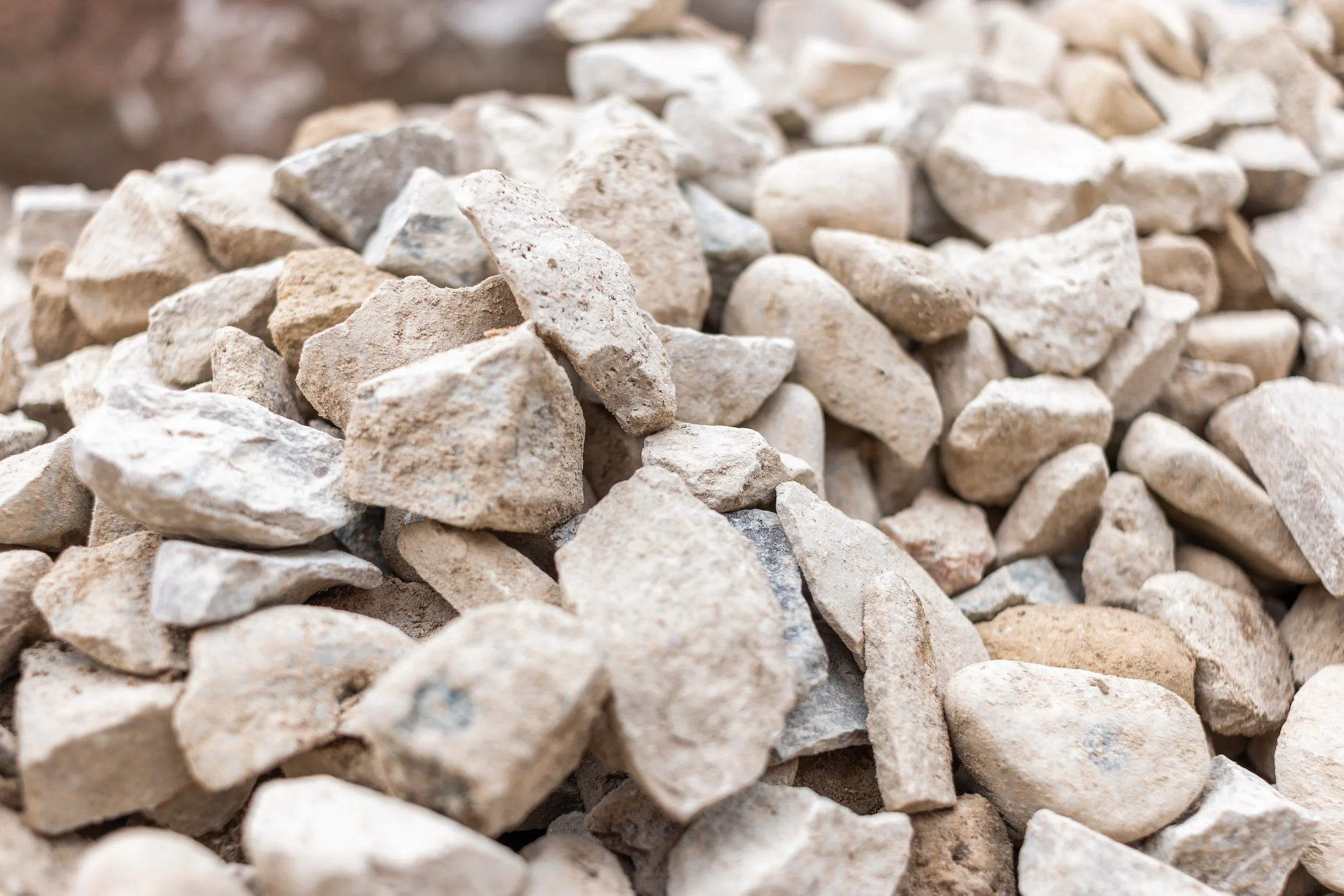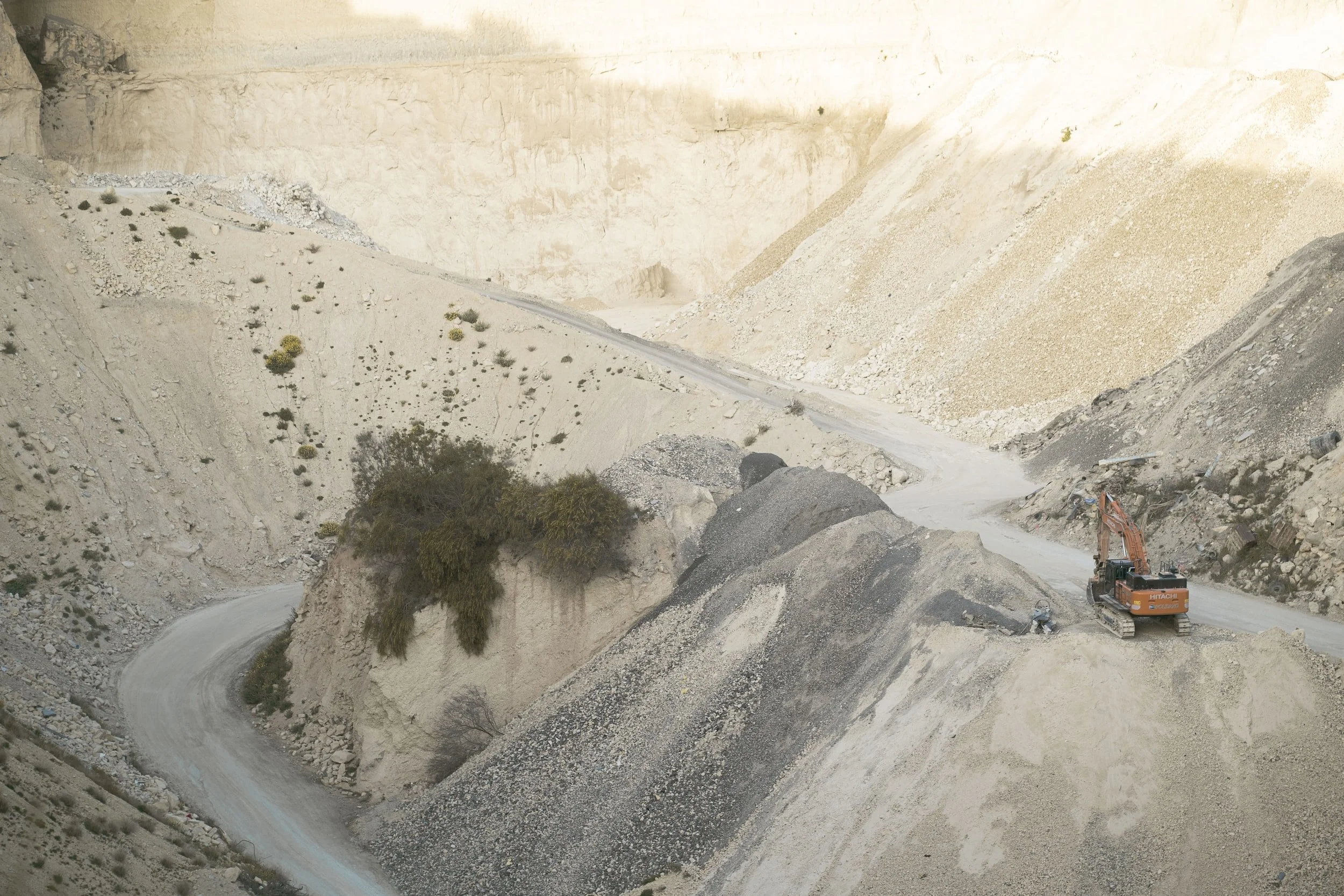QuickLime
What is limestone?
Let’s sort this out. The raw-material for all lime-based products is a natural stone; limestone. It’s composed almost exclusively of calcium carbonate (CaCO₃). When lime contains a certain proportion of magnesium it is called dolomite, or dolomitic limestone. Limestone and dolomite can be found all over the world. In fact, more than 4% of the Earth’s crust is made up of calcium carbonate.
Limestone vs. Quicklime
Limestone or dolomite can be blasted and crushed and used for road construction and cement. It can also be grounded to a powder to be used as a filler in concrete, asphalt and other materials, and for other processes that benefit from calcium. The rest of the limestone or dolomite is calcinated in a lime burning plant and transformed into quicklime (calcium oxide, CaO), a product suitable for a variety of applications.
Multiple uses
Lime and quicklime are used in a wide range of areas, such as building materials, paper, and agricultural processes – even in the purification of water. It’s also essential for manufacturing steel, and works as a detergent in many types of industrial processes. This makes lime one of the most commonly used materials in the world; it’s a fundamental, yet invisible part of our everyday lives. Below, you can get into the details about the many functions of this remarkable chemical compound.
Limestone & Quicklime use areas
-
Quicklime purifies iron and steel in the production process, forms slag of impurities and protects refractory linings of impurities present in the hot metal.
-
Quicklime stabilizes soil and increases the resistance against stripping, rutting and age-hardening of asphalt mixes. It is also used in the deep soil stabilization process to improve soft soils, reduce settlements and increase stability.
-
Quicklime has binding properties very suitable for the construction materials such as mortals, plaster mixes, building facades, aerated concrete blocks, hemp and sand.
-
Lime is used to capture the by-products coming out of power stations and industries, such as sulphur dioxide, which otherwise contributes to an increase of acidity in the atmosphere and the formation of acid rain.
-
Lime is used in different water treatment processes to stabilize pH levels, clean the water from organic matters and metallic trace elements, as well as softening and re-mineralizing drinking water.
-
Different variations of limestone can improve soil health by improving the pH levels and adding nutrients such as magnesium and calcium to the ground and surface waters. It’s also used for treating soils polluted with hydrocarbons and heavy metals, which improves soil health, increases forest productivity and stabilizes the ecological system.
-
For human food, animal feed and pharmaceuticals, limestone (or calcium carbonate) acts as a neutralizer, preservative, filler acidity regulator and a source of calcium.
Quicklime and climate impact
At the same time as quicklime is essential for different cleaning processes, the production of quicklime itself has historically been a dirty business. In the burning process, where the temperature reaches 900-1200°C heat, carbonate is converted into oxide and CO₂ is released. The combustion phase is essential for obtaining a quality of lime that satisfies the required characteristics. Global quicklime production accounts for 1 percent of global CO₂ emissions, equivalent to half of all private airplane traffic.
Now that’s a relationship, in desperate need of a clean break.
ZEQL is on the mission to transform today’s unsustainable production pattern and reduce our emissions at an unforeseen speed.


